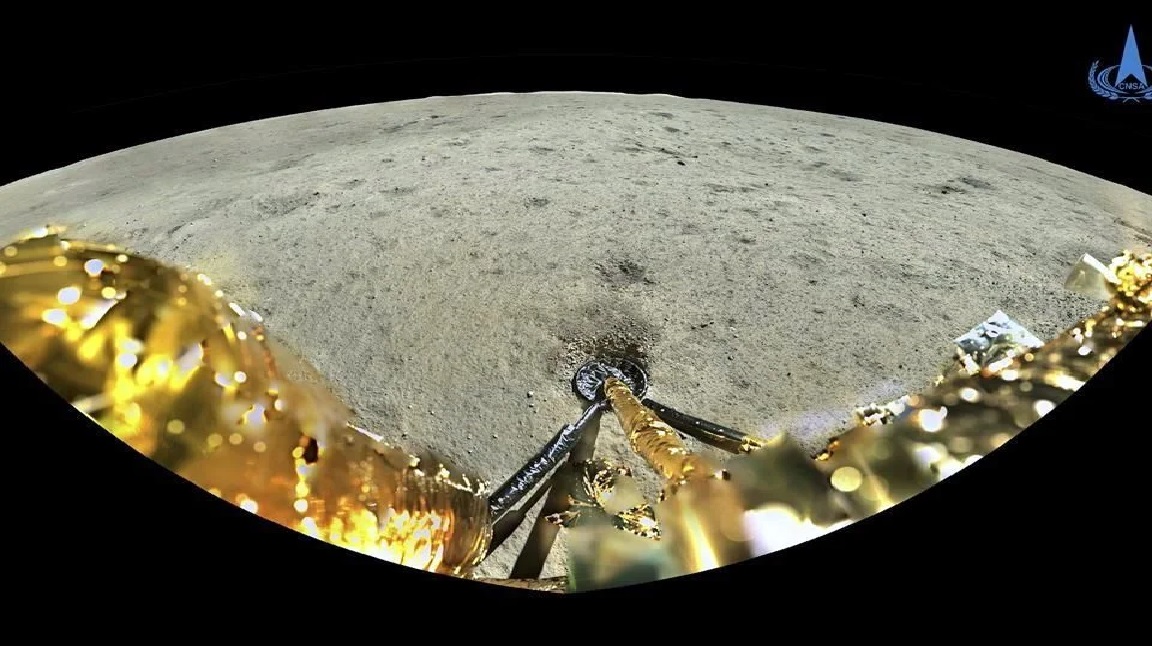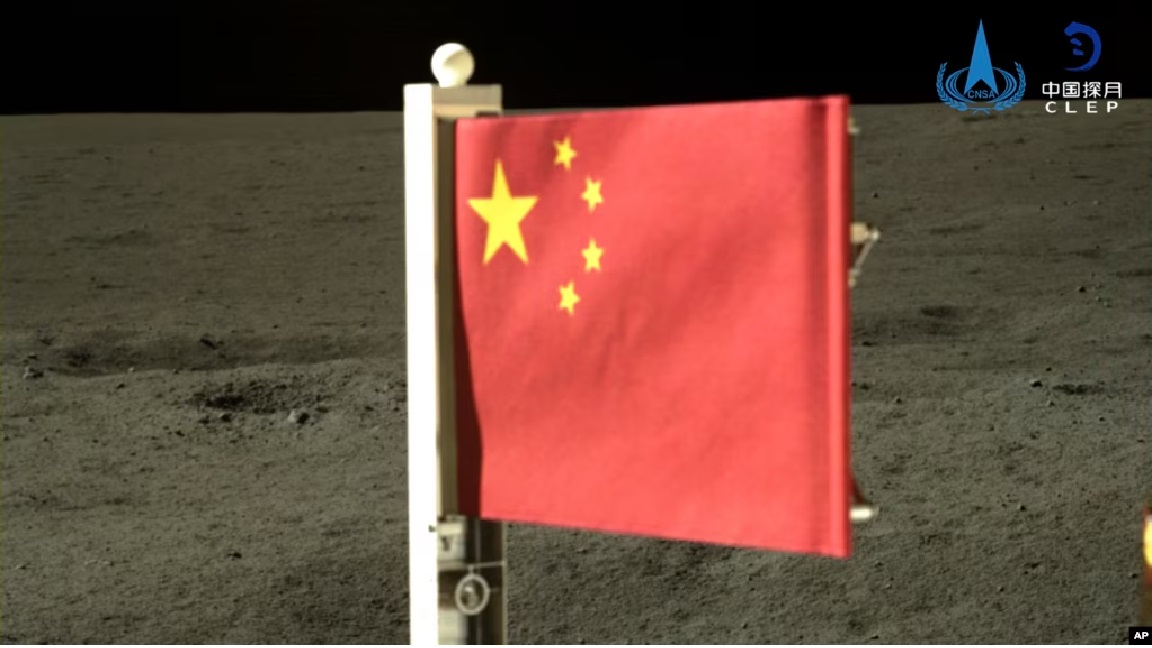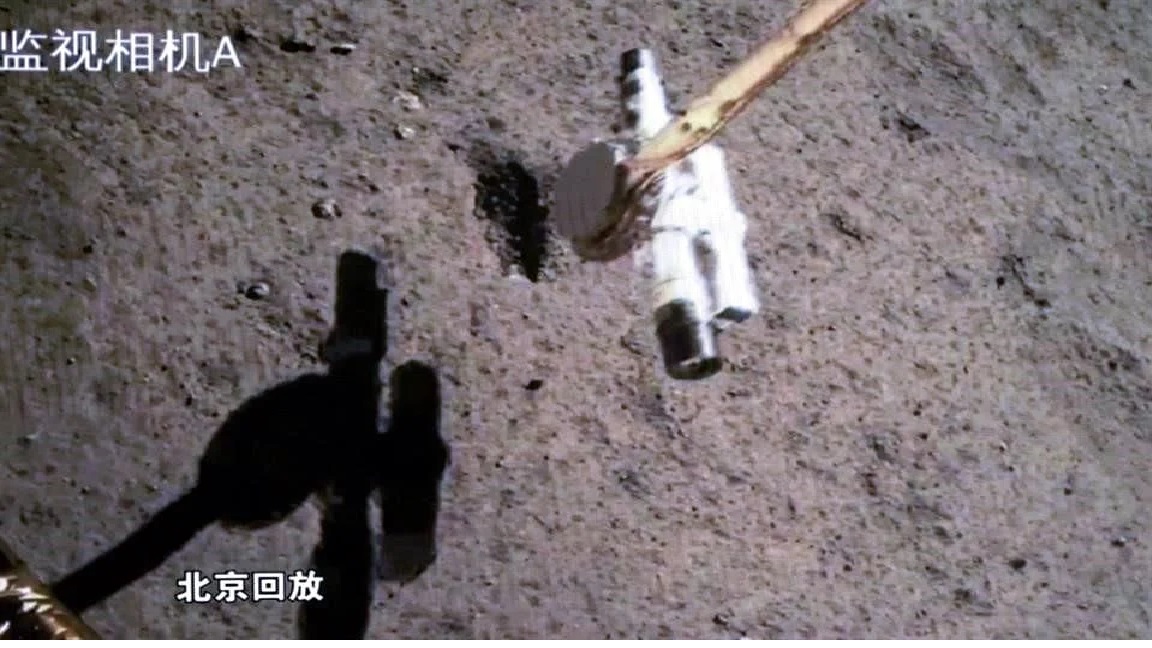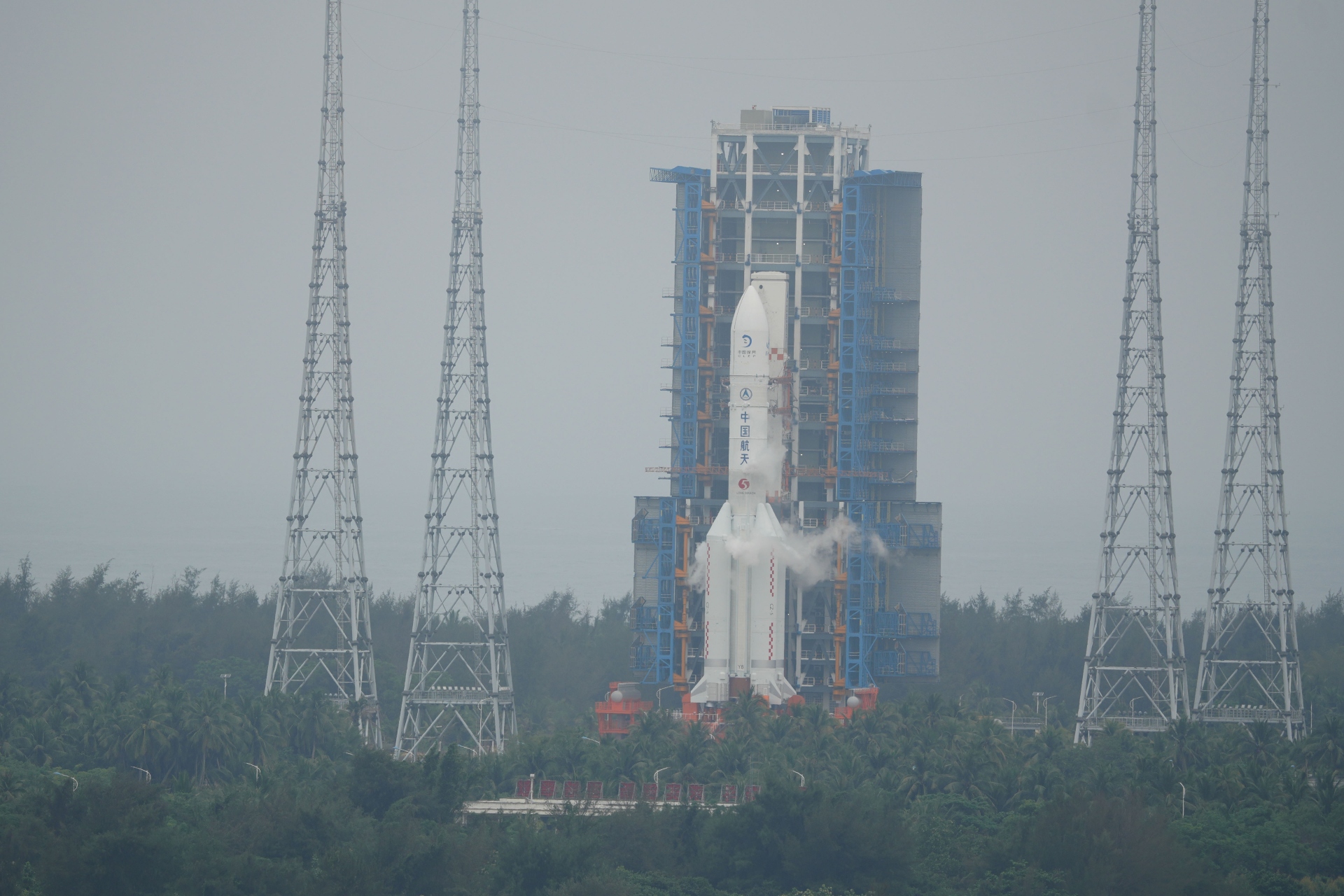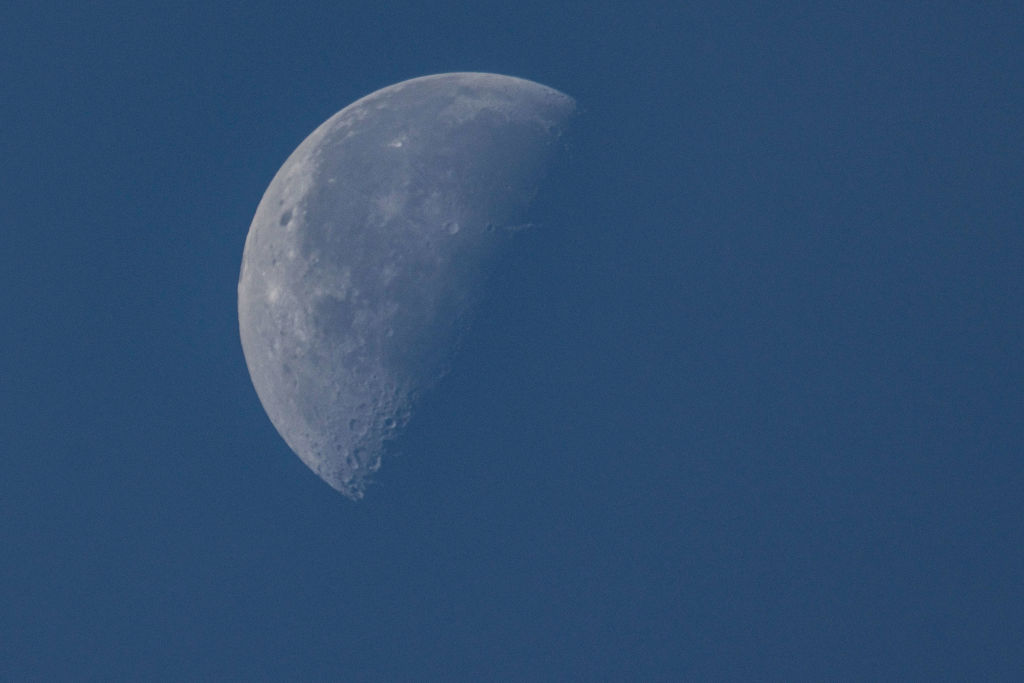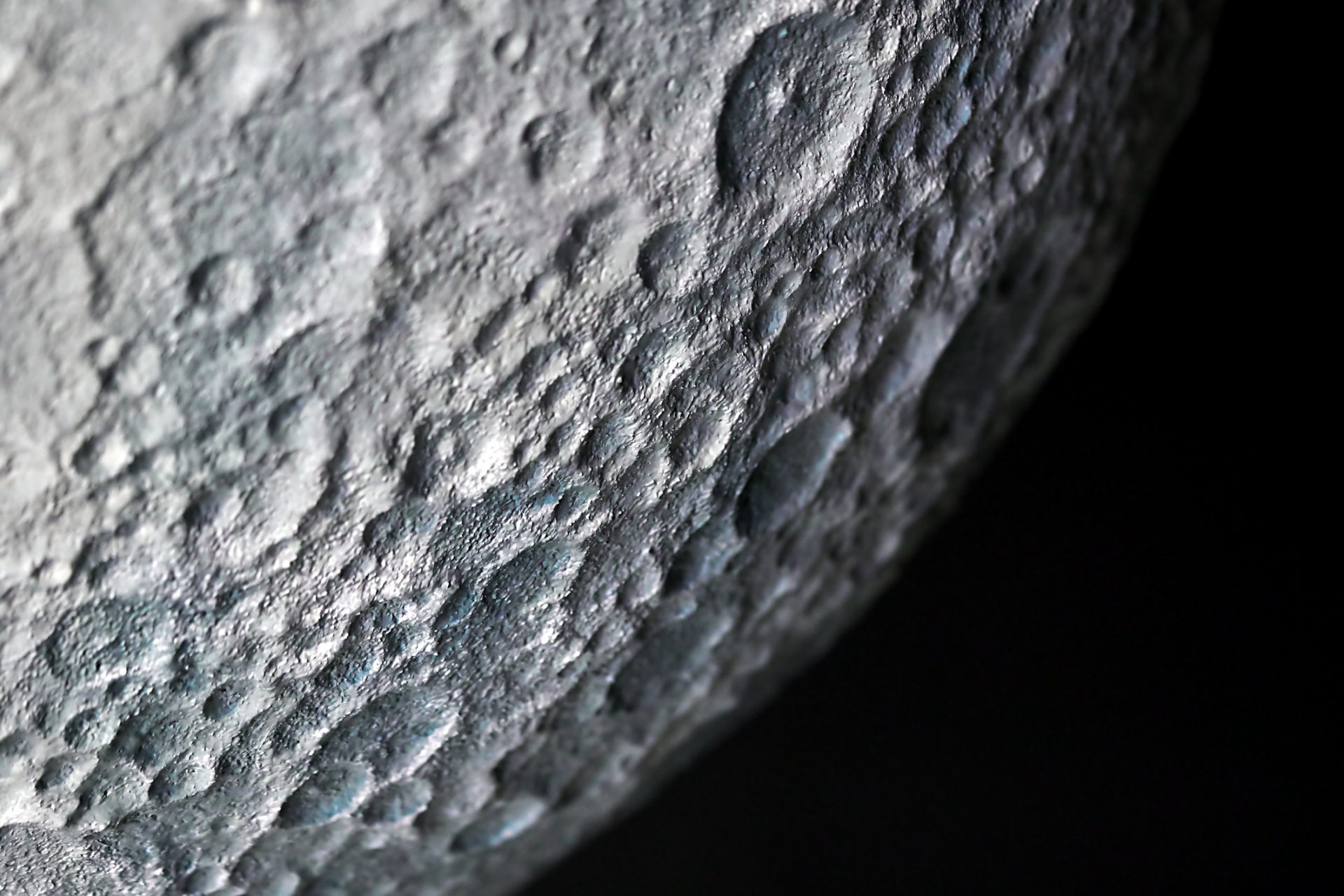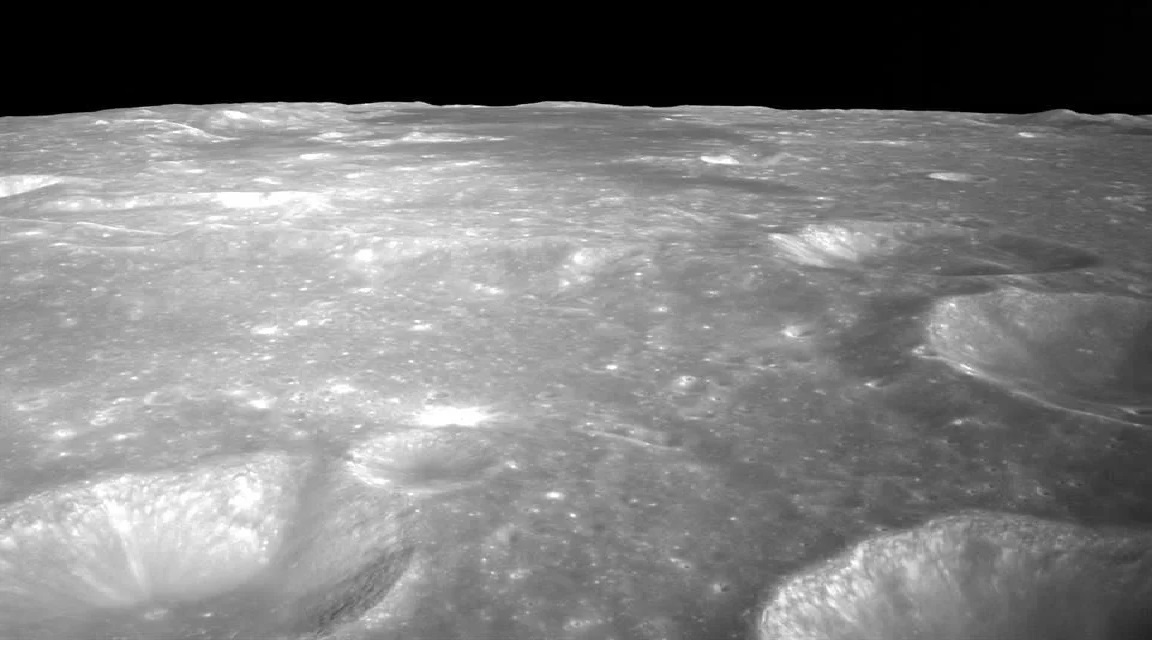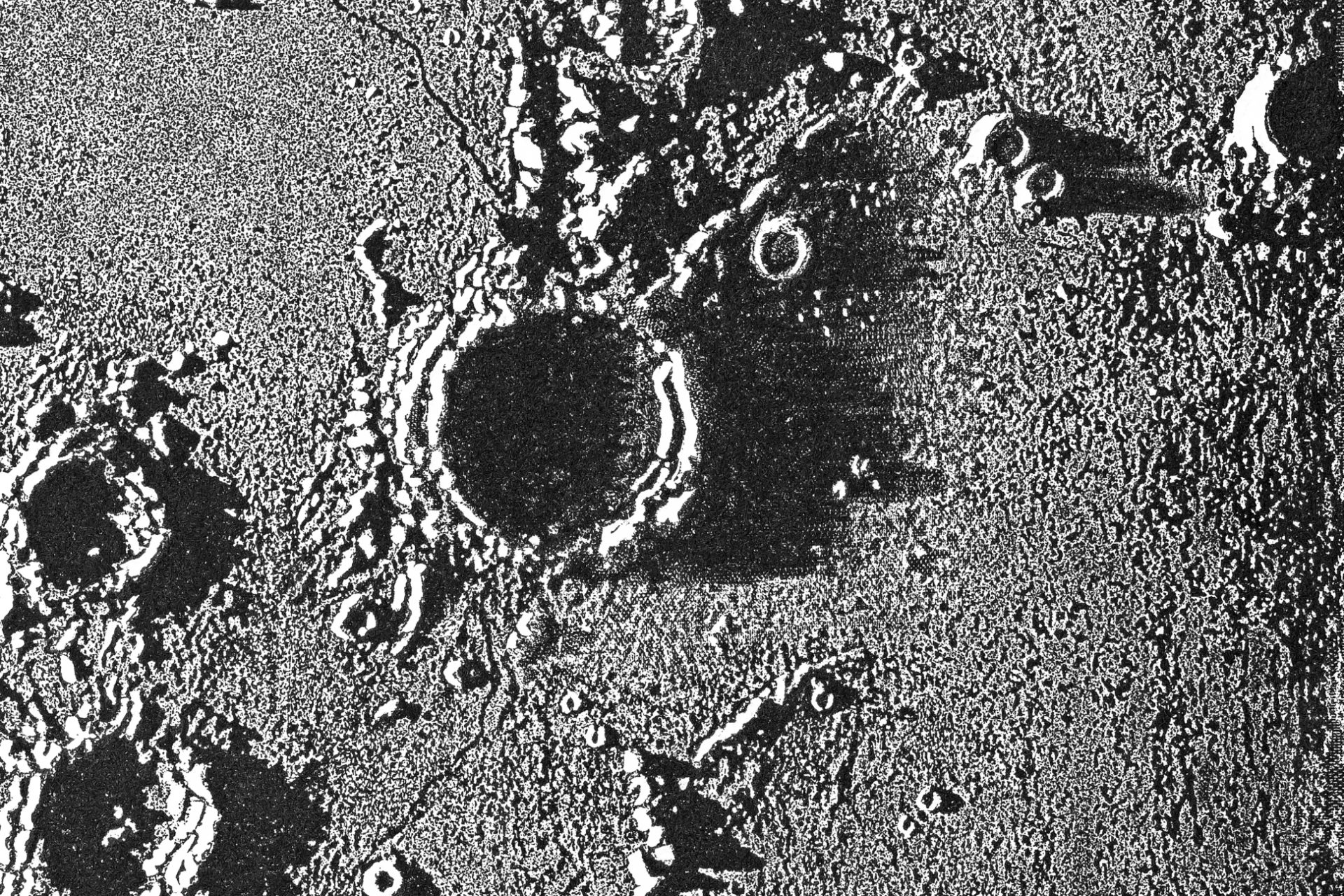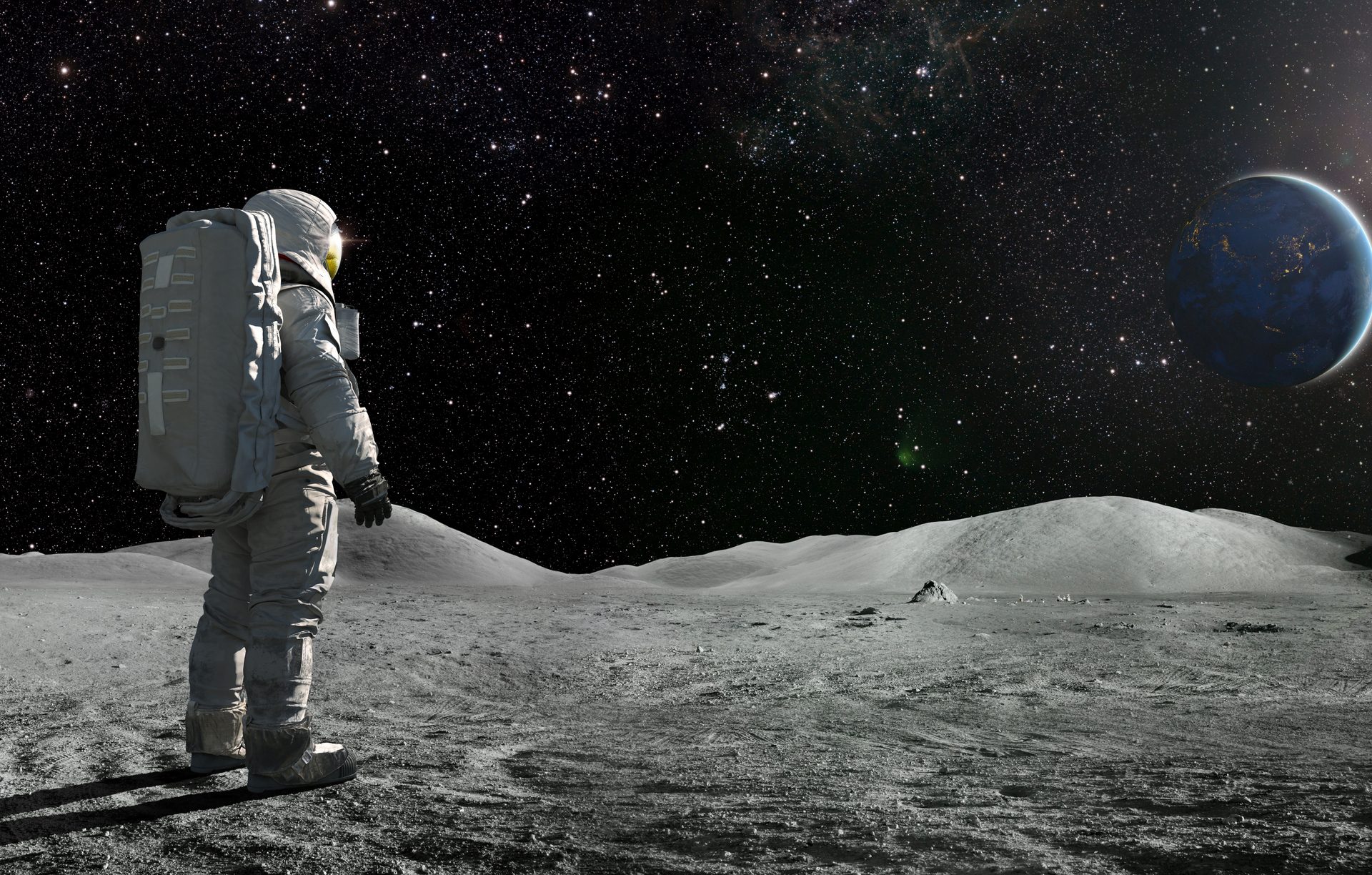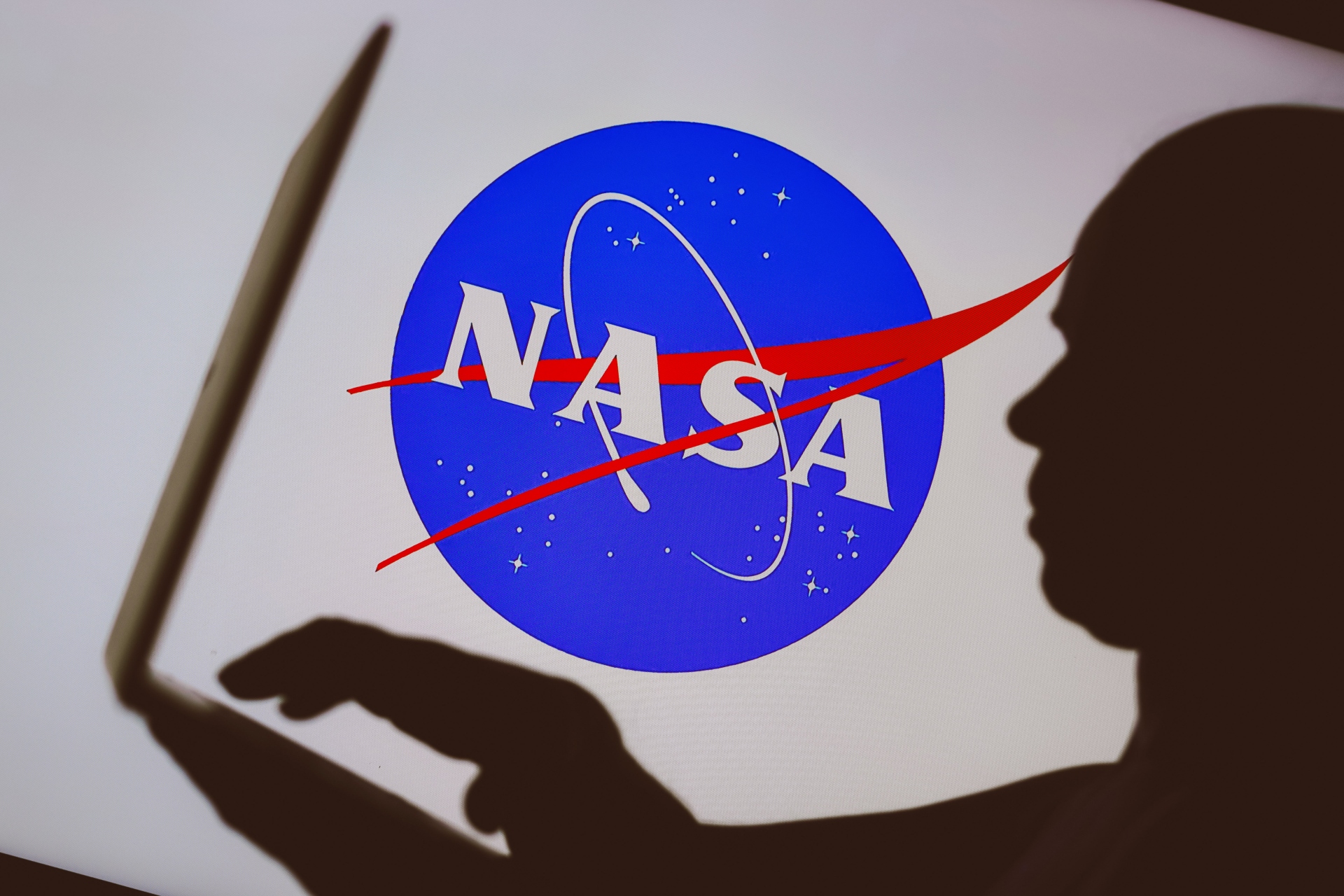China displayed its flag on the dark side of the moon for the first time
On June 4, 2024, China completed a successful sample mission to the far (dark) side of the moon and deployed its flag there for the first time, Xinhua news agency informed.
The flag arrived in a module that toured part of the moon's far side and collected rock and soil samples before returning to Earth.
Photo: China National Space Administration/Xinhua
China has made significant progress in its space program. It aspires to land a person on the Moon before the end of this decade, which would place the Asian country on the level of space powers like the United States and Russia.
According to AP News' description of the landing broadcast, the flag came from a retractable arm on the side of the module and was not planted, only displayed.
Photo: China National Space Administration/Xinhua
As the picture shows, the Chinese lunar module, part of the Chang'e-6 probe, landed on the moon's dark side on June 2.
Photo: China National Space Administration/Xinhua
According to the Chinese space agency, the probe endured a high-temperature test on the lunar surface and accomplished its mission.
The samples will be transferred to a re-entry capsule scheduled to return to Earth by the end of June. It will land in the deserts of the Chinese region of Mongolia.
“An unprecedented feat in human lunar exploration history!” Foreign Ministry spokesperson Hua Chunying wrote on X (formerly Twitter).
Missions to the moon's far side are complex because, unlike the side we can view, the far side is out of reach, and a relay satellite is necessary for communication.
In addition, the orography of the moon's dark side is more rugged, so it has fewer flat areas for landing.
According to Xinhua, the module landed on the South Pole-Aitken Basin. This crater, formed after an object impacted the area more than 4 billion years ago, is around 8 miles deep and 15,000 miles wide.
Photo: China National Space Administration/Xinhua
Studying the crater, the largest of its kind could provide the oldest information science would have on the moon since the impact could have removed materials from far below the lunar surface.
That is the second mission China has launched with the same goal. Four years ago, the Asian country launched the Chang'e 5 probe to the visible side.
These advances place the country among top space explorers, like Japan and India. While the United States remains the leader in space exploration, Beijing has launched a new space station into orbit and regularly sends crews.
Washington, which has no intention of abandoning its leadership in the space race, has scheduled its astronauts to land on the Moon again by 2026.
NASA is also devising a standard time for the Moon, in which seconds would pass more quickly.
More for you
Top Stories




